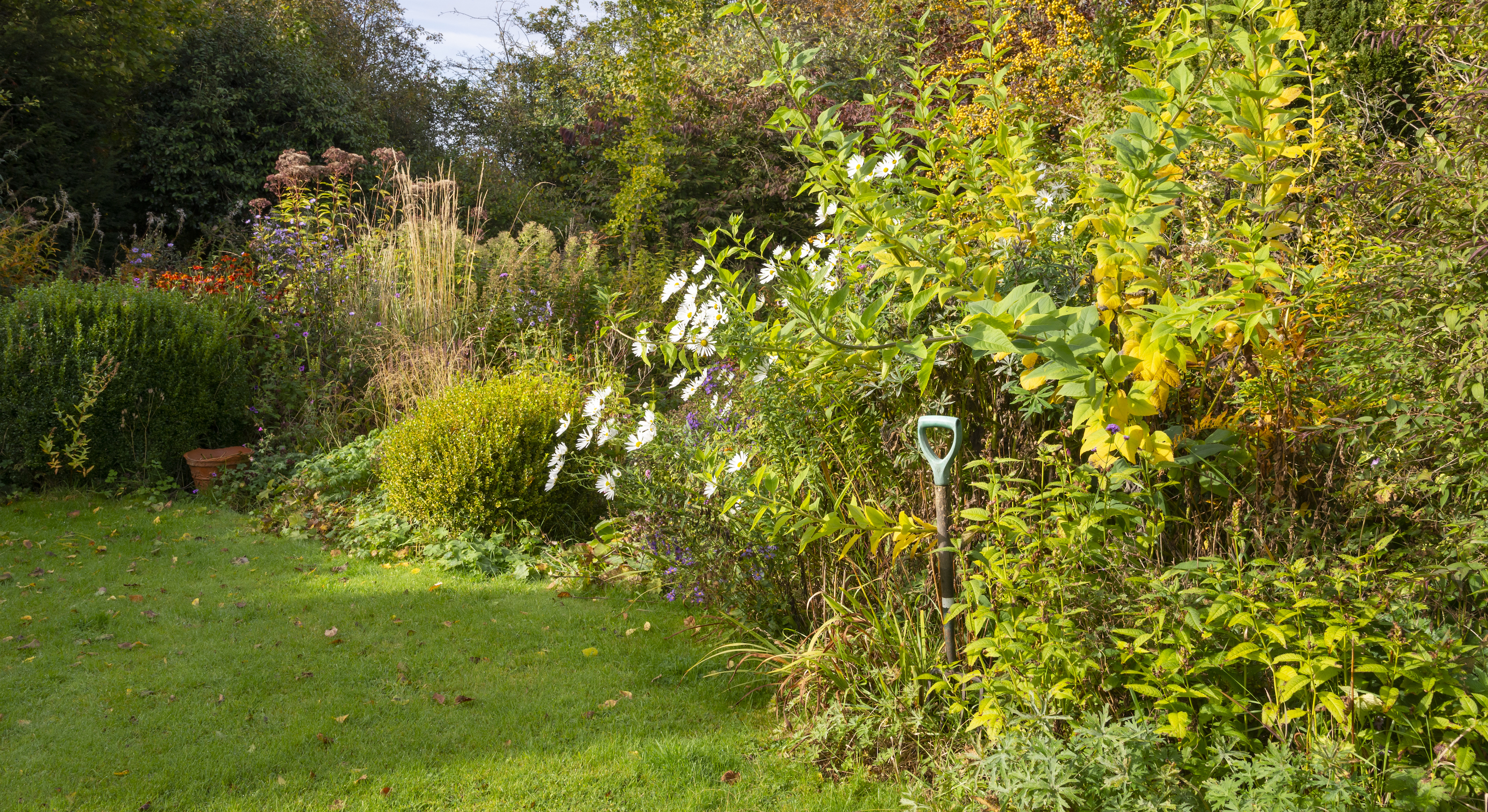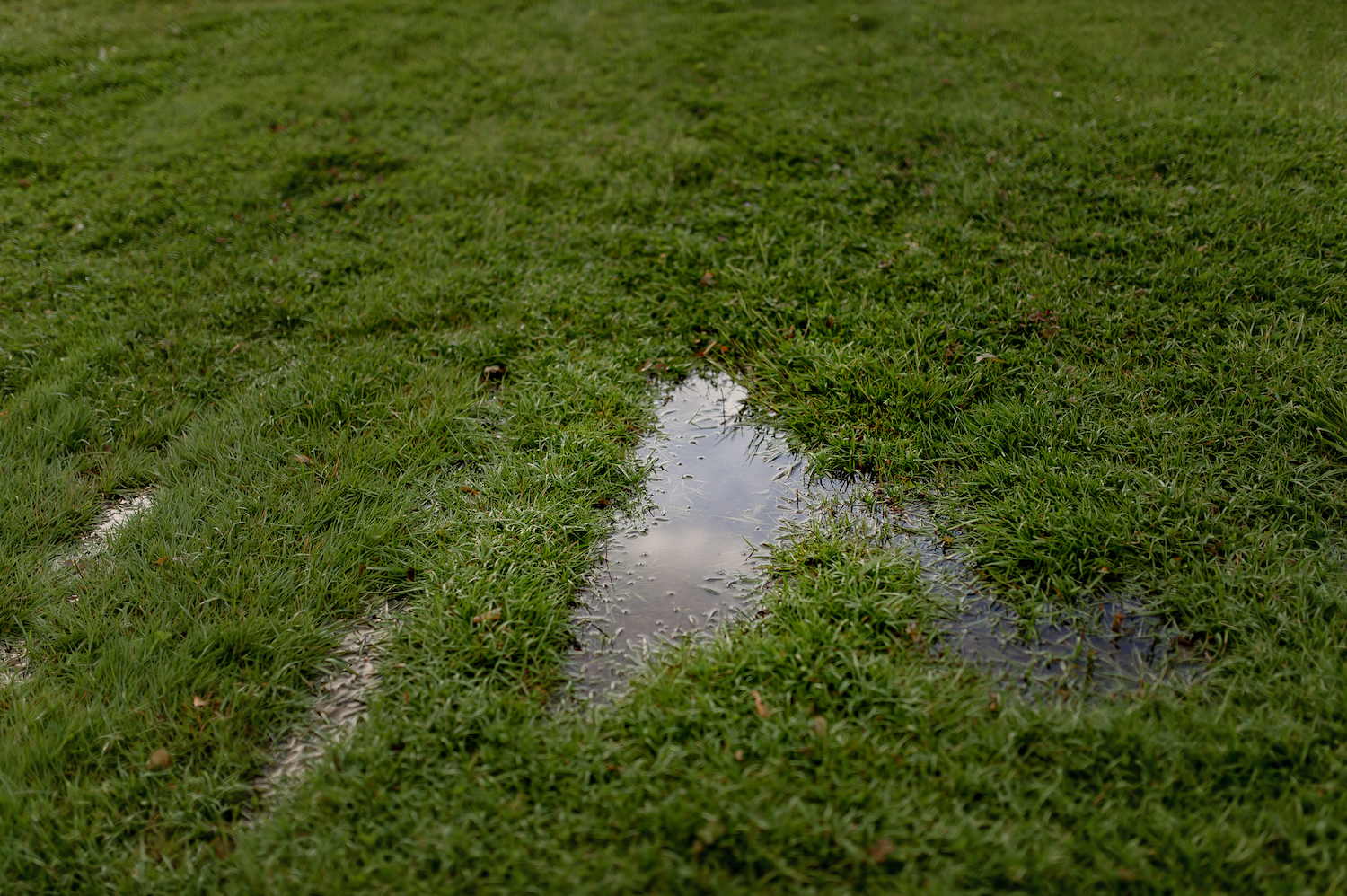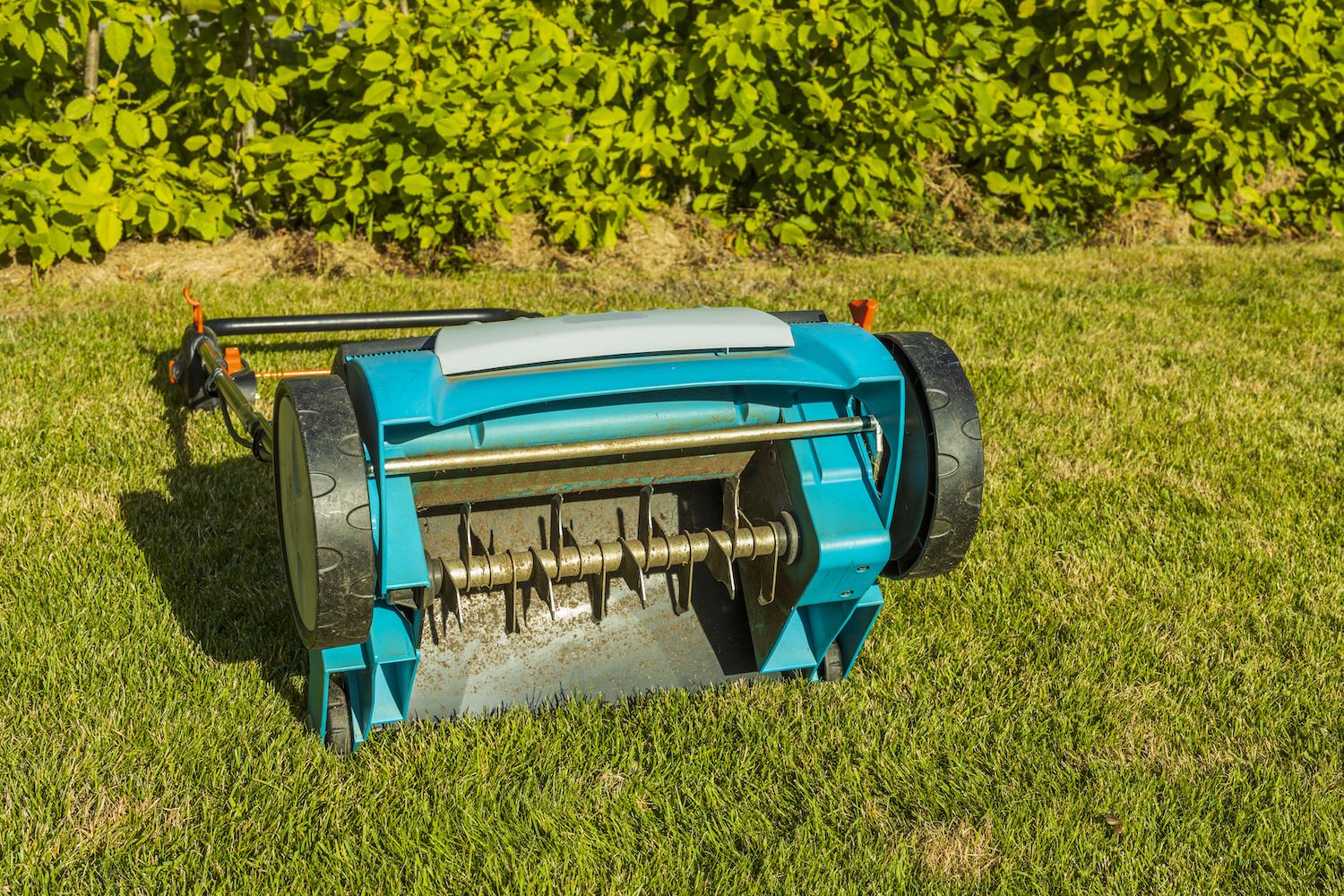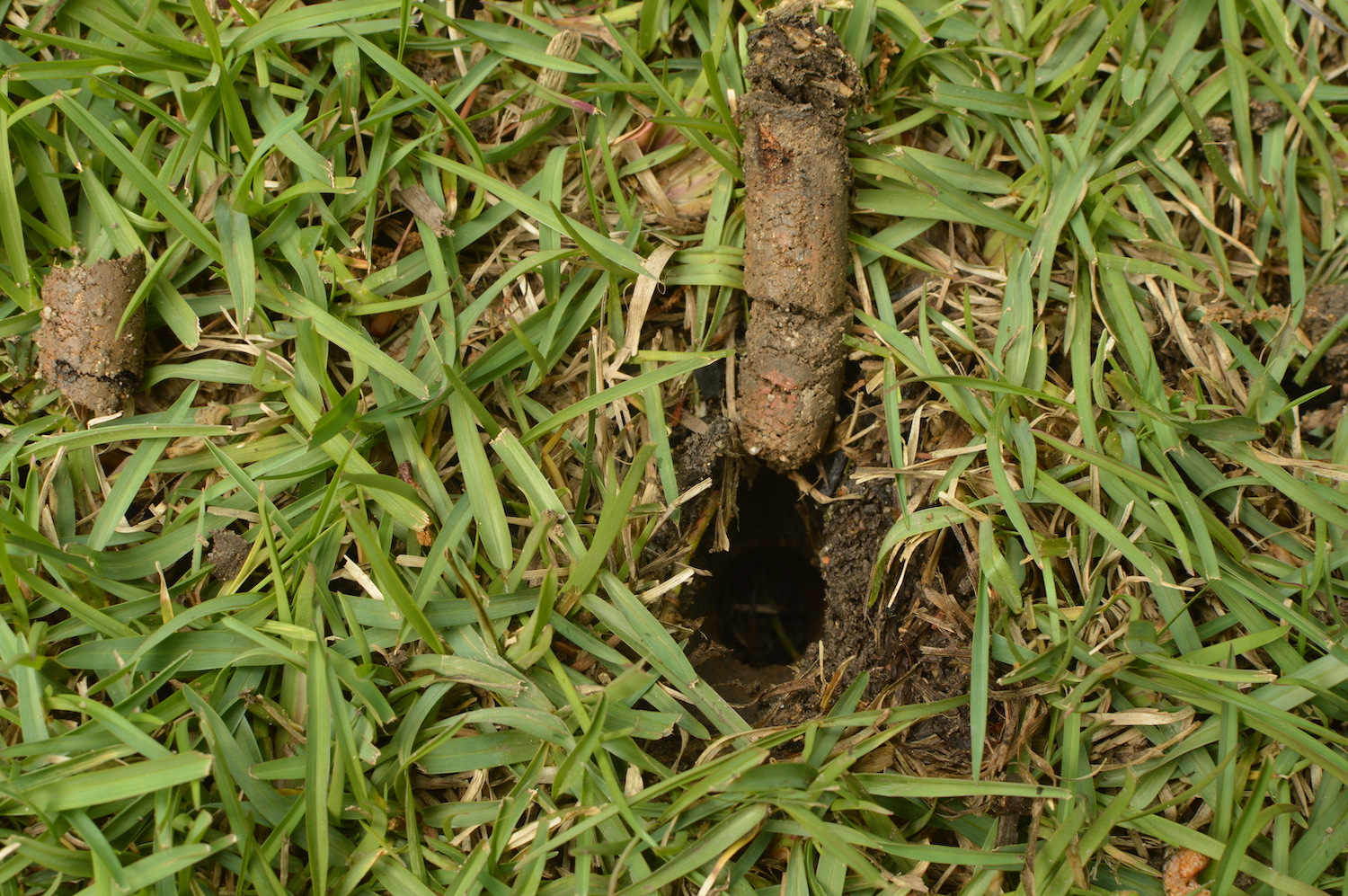
Lush green lawns don't happen by accident; they take care, hard work and timing. One of the numerous tasks that will help cultivate a healthy lawn is aeration. When and how to aerate your lawn depends where you live and the type of grass you have.
Those with cool-season grasses can still aerate a lawn into November, provided you've not yet had the first frost. Aeration will help your lawn drain, encourage new grass growth and help your grass establish stronger root systems - it's the organic lawn care practice you need to know about.
'Aerating your lawn is highly important because it allows the soil to breathe,' says Quinten O'Dea, founder of Pittsburgh-based Q&A Landscaping.
'Essentially you're poking a bunch of tiny holes in the top two to four inches of the lawn, that then lets the air and water get into the soil. This increases the soil health and also reduces compaction.'
How do you know if a lawn needs aerating?

'The most obvious sign that your lawn needs to be aerated is water pooling in one area that is also slow to drain,' says Timothy Greene, a lawn expert at iCANLAWN.com.
'This could be after heavy rainfall or from your own watering. Pooling shows that your lawn is compacted, and needs to breathe to help the water or rainfall to drain,' he adds. 'This also applies to nutrients. For example, if you have recently fertilized your lawn and have noticed it isn’t making a difference – your soil could be too compact for the nutrients to get in and start working. This is extremely common in gardens with clay soils. Aerating your lawn can help easily alleviate these issues,' Timothy explains.
When should I aerate my lawn?

For cool season grasses, fall is the best time to aerate as a way to winterize a lawn. The heat of the summer has passed and the winter dormancy is yet to set in. The turf should still be soft enough to perforate. So aerate before the first frost arrives.
'Aeration needs to be carried out while the grass is still growing,' says Quinten O'Dea. 'November is getting a little late in the season depending on how far north you are. USDA Hardiness zones 7 and above, which are warmer are fine to go into late November.
'However, I would recommend October or early November for zones 6 or lower.'
How do I aerate my lawn?

There is some debate among experts on the best tools for the job, but it generally depends on the size of the area.
'It is important to properly aerate with an aerating machine that removes the plugs from the soil,' says Quinten. 'Some lower quality machines and DIY tools just push the soil down instead of removing the small plug of soil.
'By pushing the soil downward instead of removing the plug results in a less deep hole and also increases compaction. DIY items like walking shoes with stakes on the bottom do more harm than good.
'Aeration is a relatively affordable task ($100-$200 depending on lawn size and location) but it needs to be done properly, otherwise there is no point.'
'If you are dealing with a very heavily compacted lawn or a large lawn, we would recommend using a hollow-tine aerator (like this from Amazon) or corer,' says Timothy. 'Instead of just spiking the soil, it pulls out plugs of soil to create more permanent breathing spots. Make sure to remove these from your lawn.
'Not only will this make the job easier if you have a large area to cover, but the coring element of the hollow-tine aerator will allow for deeper penetration into the soil and remove sections of your soil, opening it up to allow for a greater flow of nutrients and water.
'For a small to medium sized lawn, you can do this by simply ‘spiking’ the turf using a garden fork digging (or a hand aerator like this one from Amazon) into the soil at a depth of approximately one to two inches. Give it a wiggle and release again, moving onto the next part of your lawn, every four to five inches.
'Aerating a lawn is simply creating pockets of air in your soil so it has a chance to breathe. This can allow for the full flow of water and nutrients into the ground.'







